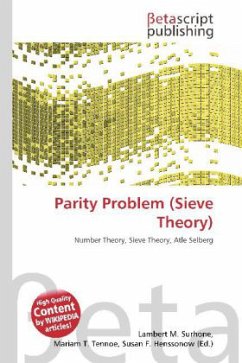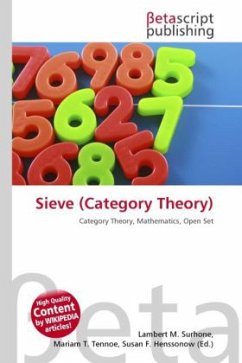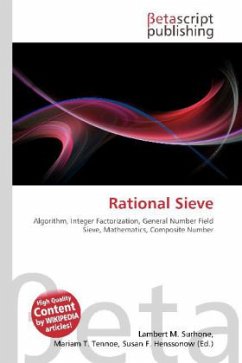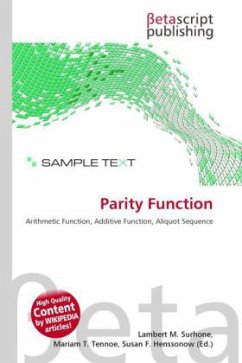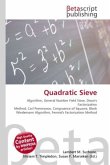Please note that the content of this book primarily consists of articles available from Wikipedia or other free sources online. In number theory, the parity problem refers to a limitation in sieve theory that prevents sieves from giving good estimates in many kinds of prime-counting problems. The problem was identified and named by Atle Selberg in 1949. Beginning around 1996, John Friedlander and Henryk Iwaniec developed some parity-sensitive sieves that make the parity problem less of an obstacle. This problem is significant because it may explain why it is difficult for sieves to "detect primes," in other words to give a non-trivial lower bound for the number of primes with some property. For example, in a sense Chen''s theorem is very close to a solution of the twin prime conjecture, since it says that there are infinitely many primes such that prime + 2 is either prime or the product of two primes. The parity problem suggests that, because the case of interest has an odd number of prime factors (namely 1), it won''t be possible to separate out the two cases using sieves.
Bitte wählen Sie Ihr Anliegen aus.
Rechnungen
Retourenschein anfordern
Bestellstatus
Storno

